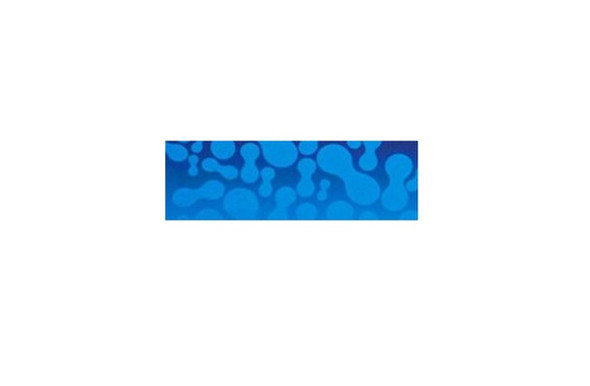Description
HIF2a Antibody | R30298 | Gentaur US, UK & Europe Disrtribition
Family: Primary antibody
Formulation: 0.5mg/ml if reconstituted with 0.2ml sterile DI water
Format: Antigen affinity purified
Clone: N/A
Host Animal: Rabbit
Clonality: Polyclonal (rabbit origin)
Species Reactivity: Human, Mouse, Rat
Application: WB
Buffer: N/A
Limitation: This HIF2a antibody is available for research use only.
Purity: Antigen affinity
Description: HIF-2 alpha is also designated EPAS1 whose gene is mapped to 2p21-p16. The predicted mouse protein is 88% identical to human. The human gene contains 15 exons and spans at least 120 kb. The positions of the introns within the genomic region encoding the N-terminal bHLH-PAS domains of HIF2a and AHR are similar, suggesting that the 5-prime ends of the 2 genes may have arisen from a gene duplication event. Moreover, the predicted protein shares 48% sequence identity with HIF1a, a bHLH-PAS transcription factor that induces EPO gene expression in cultured cells in response to hypoxia. Like HIF1a, HIF2a binds to and activates transcription from the HIF1a response element derived from the 3-prime flanking region of the EPO gene. HIF2a is predominantly expressed in highly vascularized tissues of adult humans and in endothelial cells of the mouse adult and embryo. Furthermore, it may represent an important regulator of vascularization, perhaps involving the regulation of endothelial cell gene expression in response to hypoxia. It is expressed at relatively higher levels in villus sections of placenta and in lung samples compared with other tissues examined. In addition, the variation in HIF-2 alpha influences the relative contribution of aerobic and anaerobic metabolism and hence the maximum sustainable metabolic power for a given event duration.
Immunogen: An amino acid sequence from the middle region of human HIF-2 alpha (HALDSENMTKSHQNLCTKGQ) was used as the immunogen for this HIF2a antibody (100% homologous in human, mouse and rat).
Storage: After reconstitution, the HIF2a antibody can be stored for up to one month at 4oC. For long-term, aliquot and store at -20 °C. Avoid repeated freezing and thawing.






